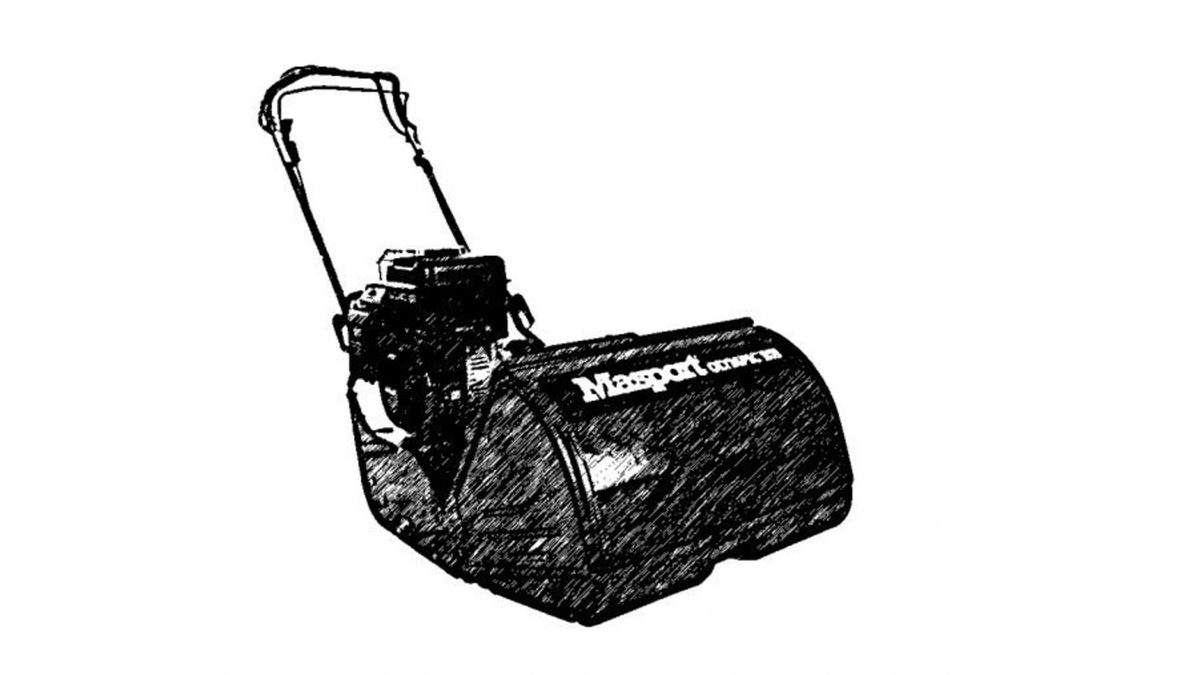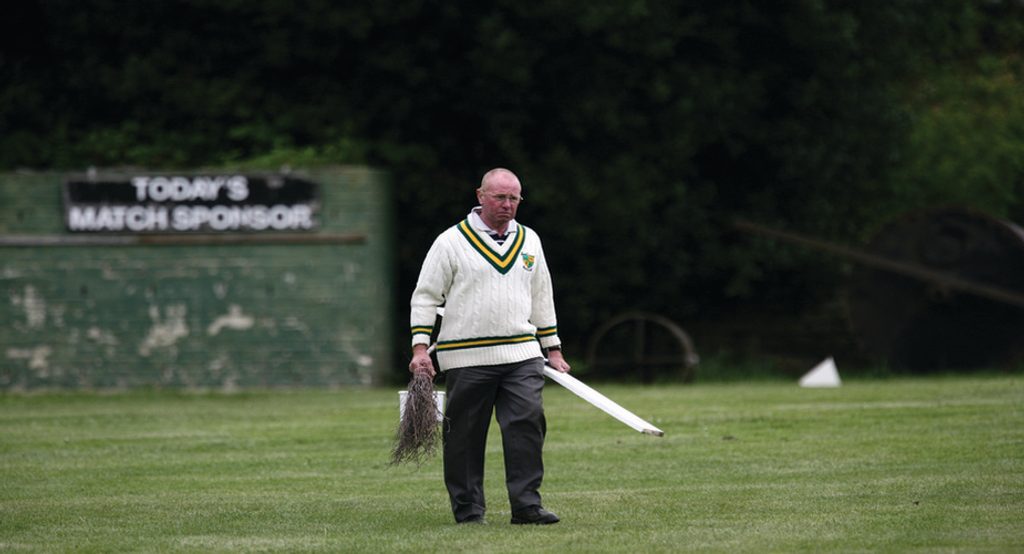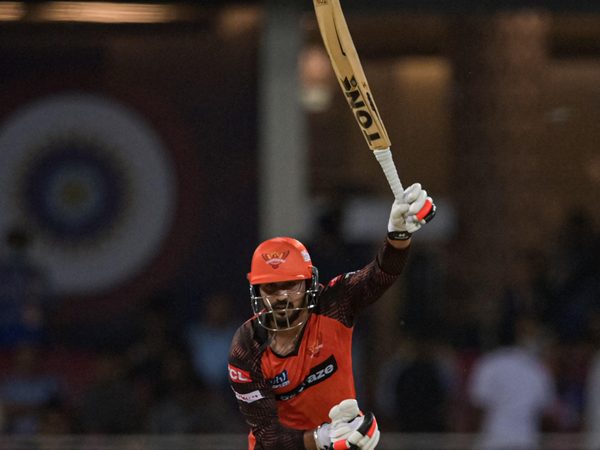
Costly, complex and time-sapping, the art and graft of groundsmanship is unsustainable for grassroots cricket, writes Fair Oak CC captain Ed Kemp.
Read more club cricket stories
This article first appeared in issue 23 of Wisden Cricket Monthly. Main illustration by Joe Provis
Cricket fights an uphill battle in the increasingly fierce War For People’s Time. Most obviously because it takes so bloody long. But while too many 10am-9pm round-trips are a problem for our game, the real sting of cricket’s extreme requirements is felt before any player has even left the house. Because preparing a cricket pitch must be up there with managing the installation of an iPhone update as one of the most drawn-out, effort-intensive activities in modern life.
Set aside the many weeks and months of repairs and preparation that are required during the winter. Just during a normal week of the season, a cricket ground requires 20-30 hours of labour to prepare a wicket and keep the outfield in order. Your club may have a willing volunteer at present (at a conservative estimate, this is probably a person in their fifties), but where is the next one coming from – in five, 10, 20 years? If cricket is losing players, and the players that do play want it to take up less of their time, how the hell are you going to find someone willing to take up an unpaid job as a highly skilled gardener?
[breakout id=”0″][/breakout]
And that says nothing of the outrageous cost. The equipment required to create a pitch worthy of a contest runs to several tens of thousand of pounds. Isn’t that, when you think about it, totally bananas? Do you know of any other amateur sports club outside of cricket required to buy, own and maintain such expensive machinery? All of which means that the majority of amateur cricket – the middle and lower leagues, village and friendly games – are played on strips which compare unfavourably to a barely tended cabbage patch.
And what kind of an experience is it for a new player – inspired to take up the game by the dynamism of T20 (or, who knows, The Hundred?) – to end up facing unthreatening bowlers on a highly threatening surface, where length balls go for six byes and short ones scud into the stumps? On a pitch so slow and unpredictable that strokeplay, timing and – let’s be honest – joy, are removed from the spectacle altogether? That’s why more and better artificial surfaces are required in club cricket. Urgently.
[caption id=”attachment_58703″ align=”alignnone” width=”800″] A club cricket groundsman has a tough job; where will their successors come from? [/caption]
A club cricket groundsman has a tough job; where will their successors come from? [/caption]
As a rule: within 10 years, everything but the very highest level of the game should be played on artificial; where the bounce is true, for quicks there’s carry, for spinners there’s turn, and for batsmen there’s the possibility of playing the scoop.
Our groundsmen do a fantastic job. And the joy of playing on grass wickets – ones with a bit of intrigue, variation, something for everyone – is obvious. It’s nature, tradition, familiarity. But in the longer term the game cannot survive without embracing the developing technology of artificial pitches more wholeheartedly. Sure, a plastic pitch with a painted middle guard might not be what you’ve always dreamt of playing cricket on. But it’s better than there being no game at all.








